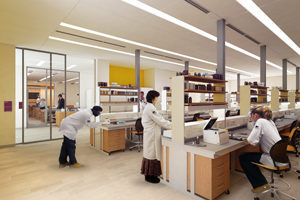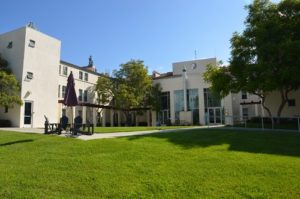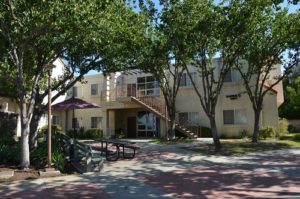Imagine the traditional liberal arts education turned upside down; a liberal arts education where science is at the core of learning. Liberal arts colleges across the country are putting a new emphasis on the sciences, and nowhere is this emphasized more than at Whittier College, where science is taking a lead role in student development.
A traditional education, such that you might have once found at a typical liberal arts college, emphasized the arts and humanities: English, history, philosophy, and the arts. These were seen as the keys to student development; but changes are taking place within that world. Colleges, like Whittier, are fully embracing the idea that science can be an essential part of a liberal arts education as well. It’s an idea that has been lying just below the surface of conversation for many years.
Led by student interest, over time, science has become ever more important to the traditional liberal arts curriculum. For more on the role of science in a liberal arts education, see “Why you should not send your child to an Ivy League school if they want to study science.”
The new Science and Learning Center, currently under construction at Whittier College and scheduled to open August of 2016, is “anticipated to transform the learning experience of every student on campus.” By devoting millions of dollars to “foster interdisciplinary and creative collaboration” in a setting that is as dramatic as the goals they are aiming to achieve, Whittier College is on the cutting edge of the modern liberal arts education.
There was a time in education when open classrooms were seen as a way to foster learning; it was grass roots movement within education striving to develop a love for both learning and the natural progression through the educational system. The new Science and Learning Center at Whittier is a return to just that idea, with transparent walls that “inspire cross-disciplinary teamwork.” These transparent walls between labs and classrooms are seen to be an essential part of the building as well as the learning that will go on there.
The building as a whole is as comprehensive and inclusive as it is open and transparent. Designed to be a hub, not just for science, but for the campus as a whole, the building boasts four floors and 88,000 square feet of learning space. An atrium and functional roof-top are two other features that will add to the draw that this new building is intended to have.
Students at Whittier are preparing to address the many challenges that face our world with the help of the science and technology they will learn here.
Responsible for 80 percent of classroom instruction on campus, there is no question that the Science and Learning Center will be the central focus of most students. Further, the Digital Liberal Arts project, funded by a $750,000 grant, affirms the desire of the school leadership to integrate science and technology into the full curriculum. From the Dean of Faculty to the Chairman of the Board of Trustees to professors across the campus there is a concerted and unified “commitment to interdisciplinary teaching and research by broadening the use, effectiveness, and impact of digital technologies.”
With its Science and Learning Center, Whittier College has fully embraced the role that science plays in a modern liberal arts education. Indeed, a complete education recognizes the important role science plays in society today. The inclusion of the hard sciences not only helps to develop a well-rounded student, but also prepares that student for the next step in further education.
This preparation is one of the key aspects that separates a liberal arts education from that of a large public university setting. The modern liberal arts education recognizes the importance of science in creating the well-rounded student, making it the ideal choice for many students.
For more information (including specs on the building and a timeline for the whole project), visit Whittier’s page for the new Science and Learning Center.



